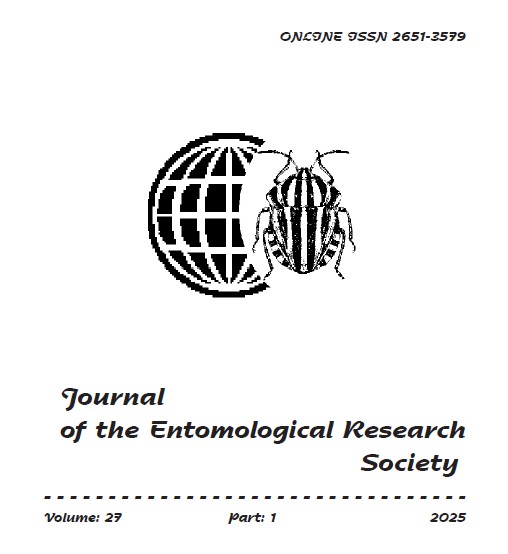Potential Alterations in the Spread of the Honey Bee Pest, Senotainia tricuspis, Across the Mediterranean Region and Africa in Response to Shifting Climatic Conditions
DOI:
https://doi.org/10.51963/jers.v27i1.2786Abstract
There are several parasitic flies capable of infecting honey bees, resulting in significant economic losses. One such fly is Senotainia tricuspis, which has been documented in several countries within the Mediterranean region. The potential for these flies to expand their range into more areas across Europe and Africa, particularly in response to climate change over the coming years, remains unstudied. In this study, maximum entropy modeling using Maxent and six temperature variables were employed to address this gap. The model exhibited strong performance, as indicated by output parameters, with both test and training data showing an area under the curve close to 1. The current distribution closely mirrored the actual prevalence of S. tricuspis in the Mediterranean region. Future prevalence projections for 2050 and 2070, based on two Shared Socio-economic Pathways (SSP 126 and SSP 585), illustrated a high likelihood of S. tricuspis occurrence in southern Europe, North Africa spanning from Egypt to Morocco, and the Levant. However, the study did not find support for the wide invasion of Central and Southern African countries by this fly, except for specific areas in Madagascar and South parts of Africa. The study delved into the roles of the environmental variables in influencing S. tricuspis prevalence and discussed potential implications for beekeeping.


